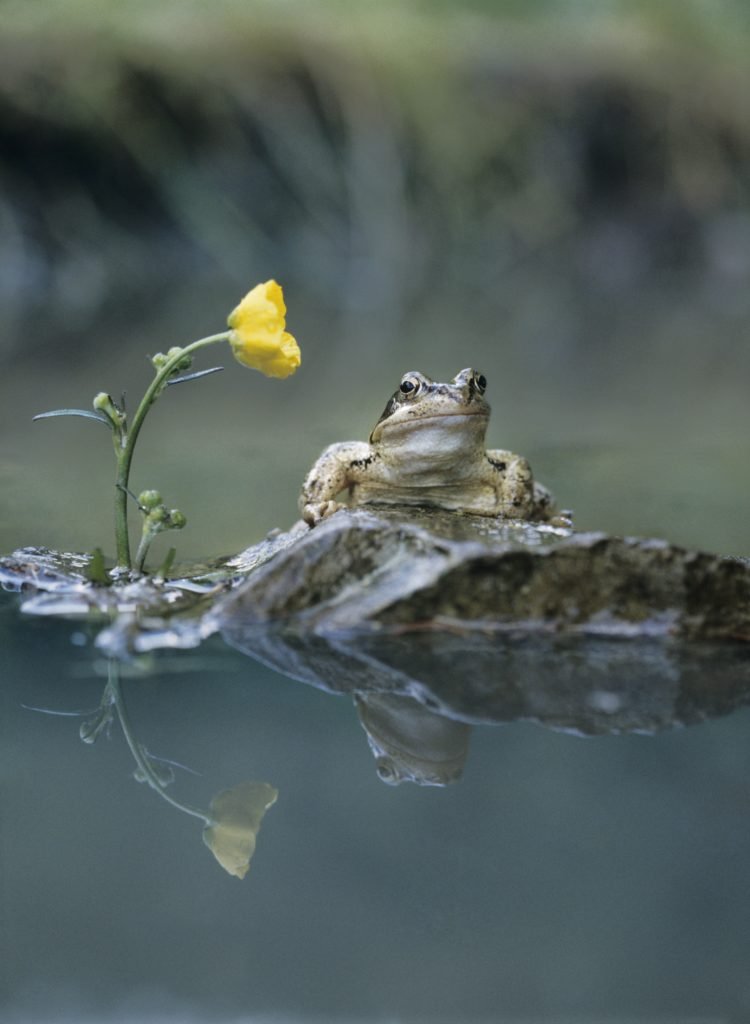Instructions
- Sit with your legs wide apart in a triangle position.
- Flex your heels and bend your toes toward you.The person with the smaller triangle should press her heels into her partner’s ankles.
- Reach across with your right hands and shake hands or wrists.
- Lift your left arm up above your head and over and as you stretch this entire side, shoulder, arms and fingertip. Keep your sit bones on the floor.
- Lean over. Look up. Smile and breath in and out.
Change sides.
Help each other to obtain the best feelings in your body by helping each other in this wonderful stretch and find your edge (the place where it feels just right without too much trying).
Note to Parents and Teachers
Partner yoga poses are great ways to help children learn about cooperation, have fun and get fit too.
Activity Ideas for Home or Classroom
Musical Musings
Sing age appropriate songs or ditties as you connect and stretch. Have fun using reciting nursery rhymes, pop songs, knock, knock jokes or any call and response songs. Tell some really funny jokes or stories to each other and have a rib splitting laugh together.
Awesome Anatomy/Body Benefits
Feel the bones in your chest. They are called your ribs. When you practice this pose you create space between your ribs and this helps your breath become deeper, fuller and stronger. This rib splitting pose stretches your legs, hips, waist shoulders and fingers too. Remember to press through your sit bones. The fancy name for them is ischial tuberosities. Can you say that? How about Ischium? That one is a little easier.
Math Medley
Draw a circle or a square. How many triangles can you put inside of each of these forms? 2, 3, 8, 10? Have fun counting and color them too.
Nutrition Tip – Triangle Foods
What is one of most children’s favorite foods that is served in the shape of a triangle or a circle? Yup. Yum. Pizza. Instead of buying pizzas, make healthy ones together. Use whole grain dough, bagels, English muffins or tortillas. Use organic tomato sauce, lowfat or soy cheese and lots of veggies. Make funny faces with colorful strips of peppers, cherry tomato eyes, pineapple slices and other goodies.
Tyropitakia (pronounced tee-ro-pee-TAHK-yah) means “cheese pie triangles.” These tasty triangular cheese-filled pastries are fun finger foods for kids. Let young cooks try their hand at this. Once they get the hang of the folding, there will be no stopping them!
 You are a graceful swan, sailing from side to side as you move smoothly through the water.
You are a graceful swan, sailing from side to side as you move smoothly through the water.



 Instructions
Instructions